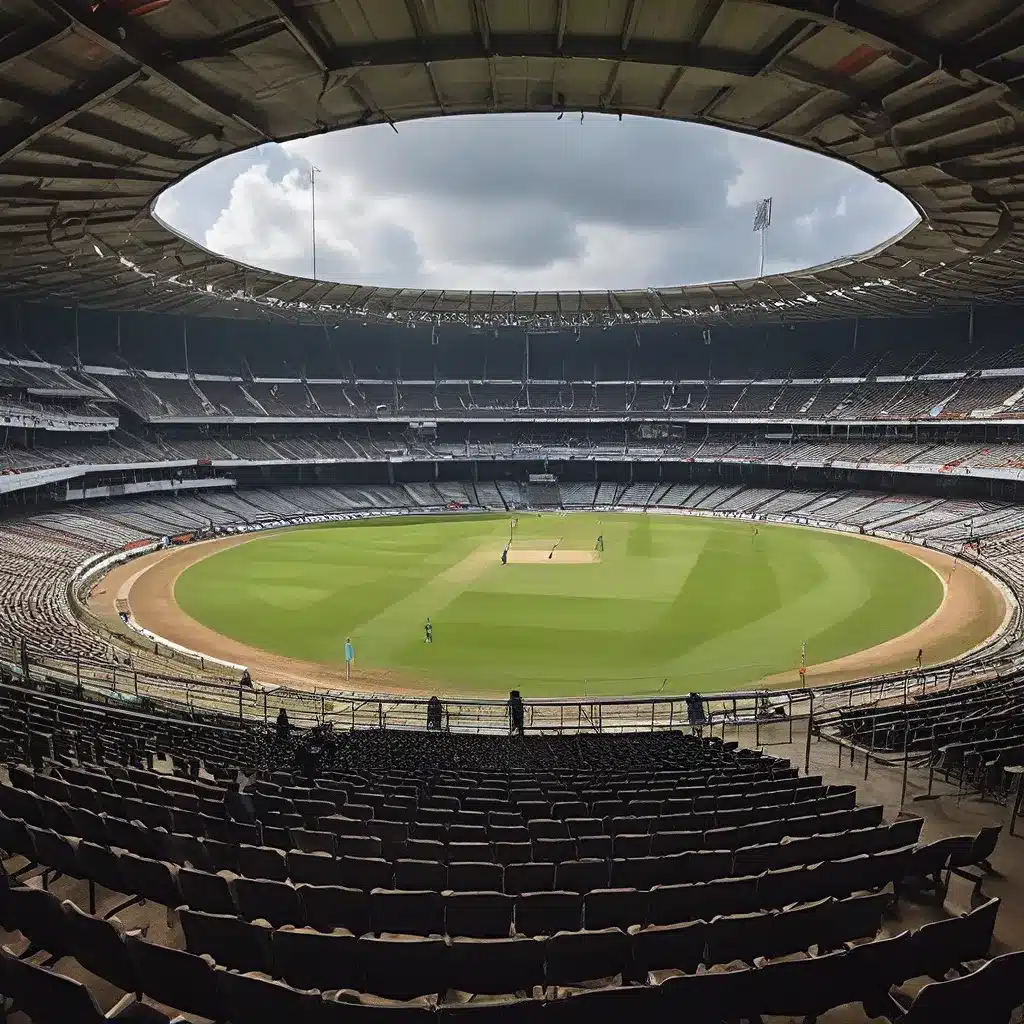
The Birth of a Cricketing Icon
Nestled in the heart of Kandy, Sri Lanka, the Pallekele International Cricket Stadium stands as a testament to cricket’s enduring legacy. Its inception in 2009 marked the birth of a cricketing icon, also known as the Muttiah Muralitharan International Cricket Stadium – a tribute to the legendary cricketer’s indelible impact on the sport. Notably, this splendid stadium was constructed in preparation for the 2011 Cricket World Cup, alongside its counterpart, the Hambantota International Cricket Stadium.
The global cricketing fraternity reveres Pallekele International Cricket Stadium for its significance in hosting international matches of grandeur. With a capacity to accommodate thousands of fervent spectators, this stadium has played host to a plethora of nail-biting contests and unforgettable moments that define the essence of cricket. The echoes of history reverberate within these hallowed grounds.
Inaugural Test and ODI Matches
Stepping back to December 2010, the stadium hosted its inaugural Test match, witnessing Sri Lanka and the West Indies engage in a gripping cricketing duel. This encounter marked the beginning of a lineage of exhilarating cricket battles on this very pitch. Just a few months later, in March 2011, the stadium bore witness to its first One Day International (ODI) match, a clash between New Zealand and Pakistan. This hallowed arena also extends its hospitality to the Kandurata cricket team.
In December 2010, the Muttiah Muralitharan International Cricket Stadium earned the distinction of being the 104th venue globally to host Test matches. The inaugural Test match at this venue took place from December 1st to 5th, featuring a clash between Sri Lanka and the West Indies.
Iconic Moments and Records
The stadium’s legacy is woven with the threads of iconic matches and unforgettable moments. The awe-inspiring partnership between Tillakaratne Dilshan and Upul Tharanga, who forged a remarkable 282-run opening stand against Zimbabwe on 26th March 2011, etched their names in the annals of cricket history. This monumental stand epitomized the spirit of cricket, leaving an indelible mark in the hearts of fans worldwide.
The magic didn’t stop there; it was on this very ground that Suranga Lakmal made history by dismissing Chris Gayle of the West Indies with the very first ball bowled in a Test match – an astonishing feat that resonated with the stadium’s aura of cricketing excellence. Meanwhile, Suranga Lakmal holds the record for picking a wicket in the first ball of a new venue in Sri Lanka.
Delving into the Records
Delving into the records etched in the stadium’s history, a panorama of triumphs and achievements emerges. The records paint a vivid picture of the stadium’s multifaceted nature. From highest individual scores to remarkable partnerships, Pallekele International Cricket Stadium has been a canvas for cricketing brilliance.
Notably, it was on this very ground that the ninth and tenth-wicket partnership featuring Steve O’Keefe, Peter Nevill, and Josh Hazlewood faced a Test cricket record of 254 consecutive overs without scoring a run – an extraordinary testament to the game’s intricacies.
Stadium Dimensions and Pitch Characteristics
The dimensions of Pallekele International Cricket Stadium, spanning 80 meters in length and 75 meters in width, offer an arena for cricketing sagas to unfold. This picturesque stadium’s allure is accentuated by its floodlights, creating a captivating ambience during evening matches. Situated in the UTC +0530 time zone, it ensures precision in match timings, enhancing the spectators’ experience. The pitch itself, meticulously curated, becomes a canvas upon which players’ skills and strategies paint their narratives.
Pitch Report and Weather Conditions
The Pallekele International Cricket Stadium pitch offers a favorable batting surface, particularly for the initial overs. Batters find joy in batting due to the ball’s smooth interaction with the bat, especially when seamers are delivering. Spinners also find substantial grip on this surface, particularly in the second innings. As the game progresses, however, the pitch can become challenging, with some balls sticking on the surface, making strokeplay more difficult.
The weather at Pallekele Cricket Stadium has exhibited a consistent pattern, offering a glimpse of the atmospheric dynamics that shape the game. With an average high of around 30-26 degrees Celsius, the temperature has been moderate, providing players and spectators alike with a comfortable environment to enjoy the game. The minimum temperature hovering around 20-22 degrees Celsius has ensured that the players’ focus remains on the game rather than battling extreme weather conditions. The gentle breeze at 9 km/h from the west-southwest has brushed past the stadium, carrying with it the anticipation and excitement that cricket fans bring to the stands.
The Stadium’s Unique Charm
The stadium’s unique charm lies in its rich history and the legendary performances it has witnessed. Pallekele is a suburb of Kandy, the bustling cultural hub of Sri Lanka. While distinct, Pallekele’s proximity to Kandy enhances the region’s cricketing aura. A constellation of cricketing stars has graced this stadium, from Tillakaratne Dilshan’s towering innings to Suranga Lakmal’s impactful bowling. Their performances stand as testament to the stadium’s allure.
Pallekele’s pitch offers both challenges and opportunities for players. As matches progress, spinners hold sway, while the initial overs provide pace bowlers a chance to shine. A balanced approach is key to navigating this pitch’s unique characteristics.
Ultimately, the Pallekele International Cricket Stadium stands as a testament to the enduring spirit of cricket, where legends are born, and moments of greatness are etched in the hearts of passionate fans. Its significance extends beyond the boundaries of the playing field, serving as a hub for the exploration and appreciation of the world’s most iconic stadiums.

